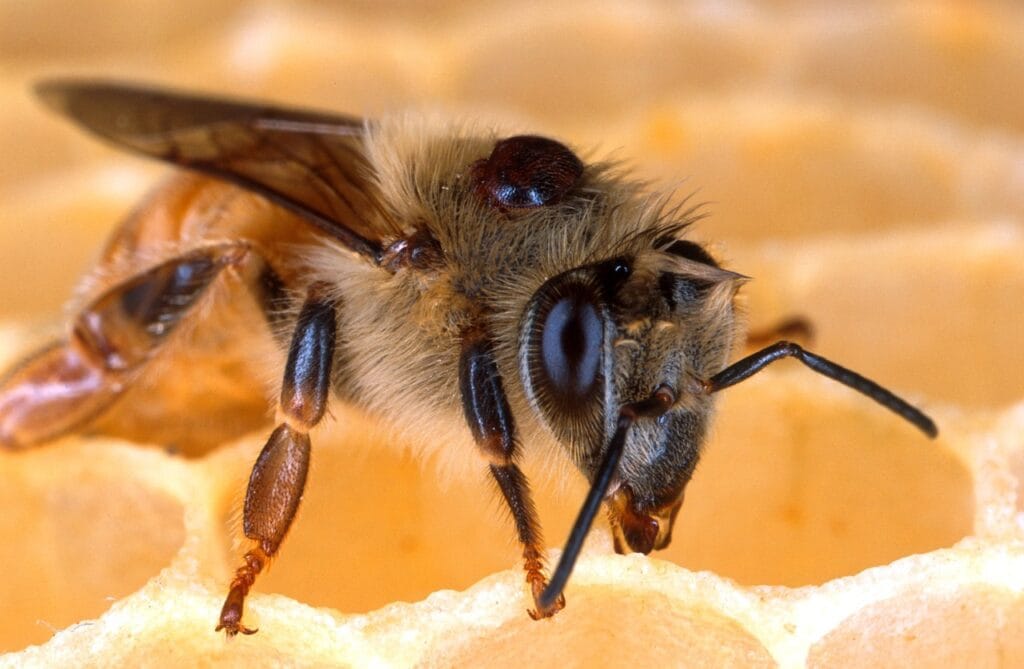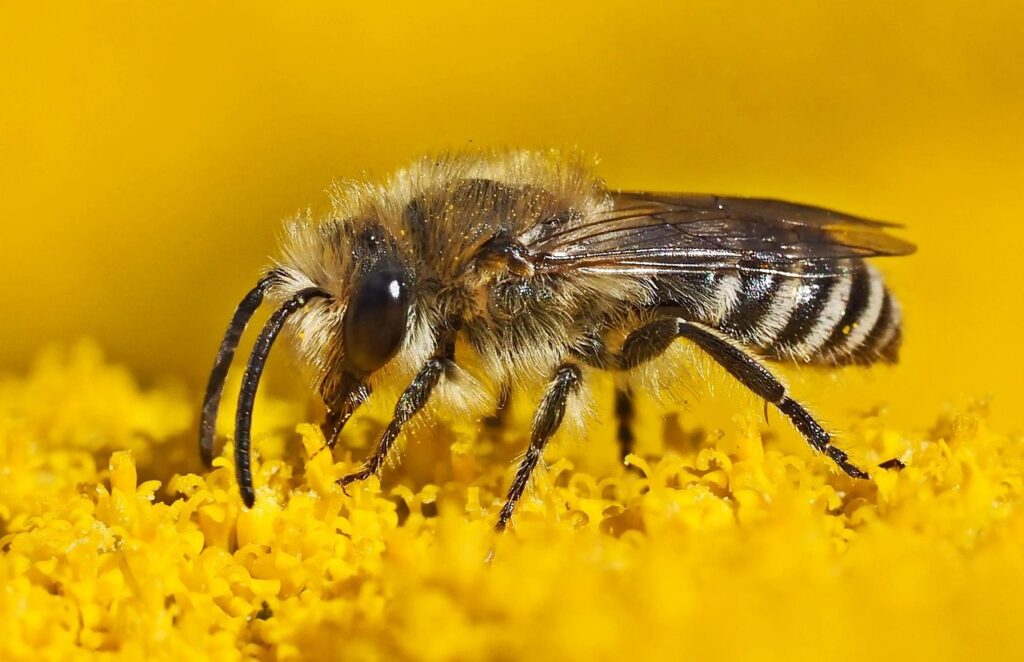How can I identify when my colonies need treatment for Varroa mites?
You can identify when your bee colonies need treatment for Varroa mites by regularly monitoring mite populations and comparing those numbers to established thresholds.
Here’s how to determine if and when treatment is needed:
1. Monitor Mite Levels Consistently
- Use reliable testing methods throughout the active season, such as:
- Alcohol wash
- Sugar shake (powdered sugar roll)
- Sticky boards
- Sample at least monthly during the beekeeping season (spring to late fall), and more frequently in late summer and fall when mite populations often spike[1][2][3].
2. Know the Treatment Thresholds
- Spring: Treat if you find more than 1 mite per 100 bees.
- Rest of the year: Take action if you find more than 2–3 mites per 100 bees using the alcohol wash or sugar roll method.
- Sticky boards: Treat if you see more than 30 mites drop per day[3][1].
- These thresholds indicate the point at which Varroa populations threaten colony health and survival[4][2][1].
3. Timing and Frequency
- Check before and after treatments to ensure they’re effective.
- Critical periods: End of summer and early fall are the most important times, as high mite loads then can lead to winter losses. Check colonies every 3 weeks in the fall if possible[3][5].
- Monitoring is also useful after management actions (like brood breaks, splits, or chemical/organic treatments) to ensure mite numbers are suppressed[1][6].
4. Local and Seasonal Adaptation
- Consider local recommendations from beekeeping associations or extension services for your area[1][6].
- Always keep records of your mite counts and treatments for each colony.
Key Takeaways
- Regularly monitor with tested methods.
- Treat promptly if thresholds are exceeded (more than 2–3 mites per 100 bees or >30 mites/day on sticky board).
- Be especially vigilant at the end of summer and start of fall.
In Summary
Waiting until colonies show obvious damage or symptoms is too late—proactive testing and timely treatment are crucial for strong, healthy hives[2][1][3].
⁂
- https://beelab.umn.edu/varroa-mite-testing
- https://honeybeehealthcoalition.org/wp-content/uploads/2022/08/HBHC-Guide_Varroa-Mgmt_8thEd-082422.pdf
- https://www.ars.usda.gov/pacific-west-area/tucson-az/carl-hayden-bee-research-center/research/varroa/how-to-monitor-sample-and-treat-for-varroa/when-to-sample/
- http://extension.msstate.edu/publications/managing-varroa-mites-honey-bee-colonies
- https://www.ctbees.org/post/seasonal-proactive-varroa-management-schedule
- https://www.perfectbee.com/a-healthy-beehive/threats-to-bees/understanding-mite-counts
Ad – Amazon Associate Store



